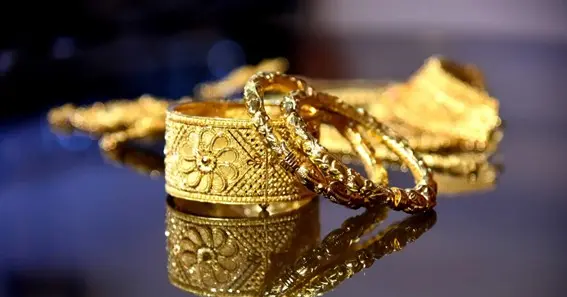Gold plating refers to the process of coating a base metal (such as copper or brass) with a thin layer of gold to achieve the appearance of solid gold jewelry without the high cost. This technique is widely used in jewelry making, creating affordable pieces that still offer the luxurious look of gold.
How is Gold-Plated Jewelry Made?
Gold plating is typically done through a process called electroplating, where an electric current binds a thin layer of gold to the surface of a base metal. The thickness of the gold layer can vary but is usually between 0.5 to 2.5 microns. The thicker the layer, the more durable the gold plating, with thicker layers being more resistant to wear over time.
Benefits of Gold-Plated Jewelry
- Affordable Luxury
Gold-plated pieces give the appearance of solid gold without the expense, making them accessible for budget-conscious buyers who want a stylish look. - Versatile Designs
Due to the affordable materials, gold-plated jewelry is available in a wide range of trendy and classic designs, catering to various fashion preferences. - Less Environmental Impact
Gold plating uses minimal gold, which can reduce the environmental impact compared to solid gold production, though it’s less durable than solid gold.
Durability and Care for Gold-Plated Jewelry
While beautiful, gold plating is more susceptible to tarnishing and wear than solid gold. Regular exposure to water, chemicals, or friction can cause the thin layer to fade. To prolong its lifespan:
- Avoid contact with water and chemicals.
- Store pieces in airtight containers.
- Wipe down with a soft cloth after wearing.
FAQ
1. Is gold-plated jewelry real gold?
Yes, it has a thin layer of real gold but is not entirely made of gold. The core is typically a non-precious metal.
2. How long does gold plating last?
With proper care, gold plating can last between a few months to a couple of years. Thicker layers and careful handling can extend this time.
3. Does gold plating tarnish?
Yes, over time and with exposure to moisture and chemicals, gold plating can tarnish. Regular maintenance can help slow this process.
4. Can I shower with gold-plated jewelry?
It’s best to avoid water exposure to preserve the plating. Water, especially chlorinated or salty, can accelerate wear.
5. How can I restore tarnished gold-plated jewelry?
Using a gentle cleaning solution and a soft cloth can help remove tarnish, but severe cases might require replating to restore the original appearance.
Gold plating provides a stylish, budget-friendly option for those who love the look of gold. Though it lacks the lasting quality of solid gold, with proper care, it can be a beautiful addition to any jewelry collection.
Check out here for a more interesting article 37-24-simplified-as-a-fraction










